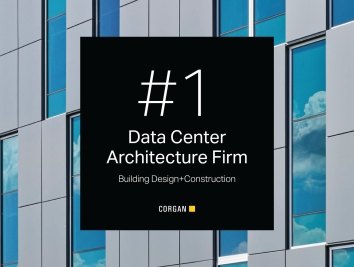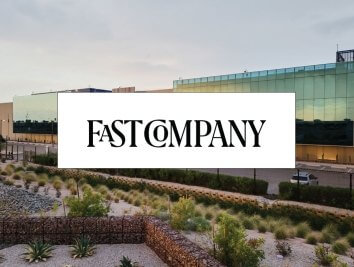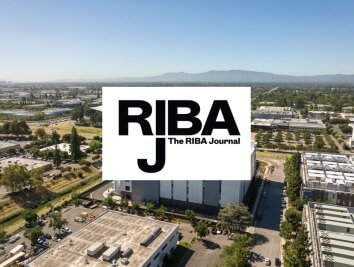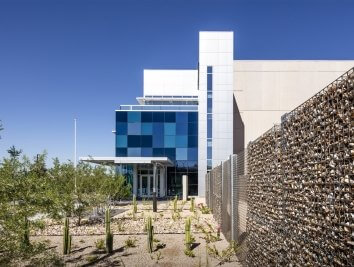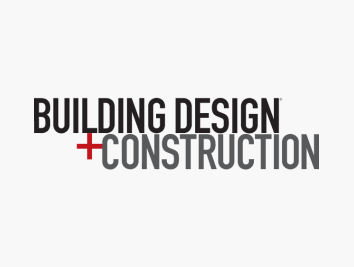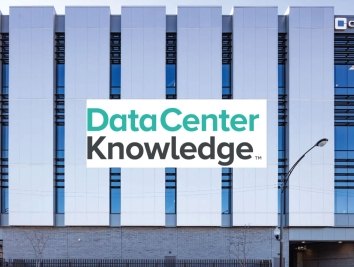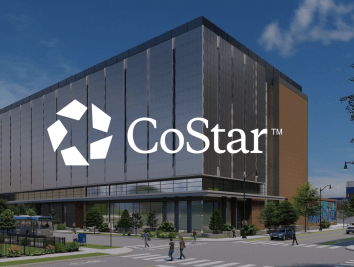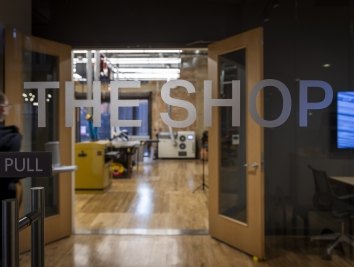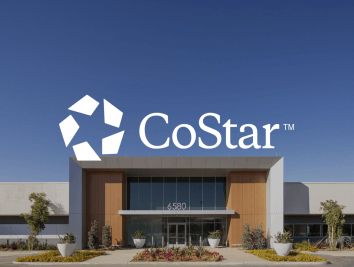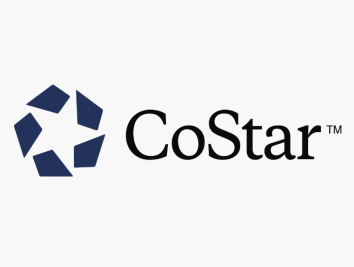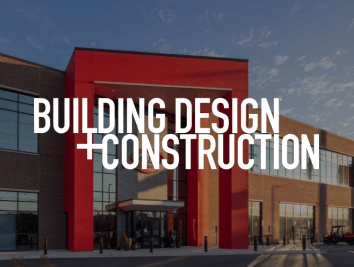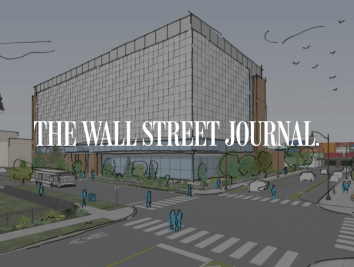The Data Center Next Door
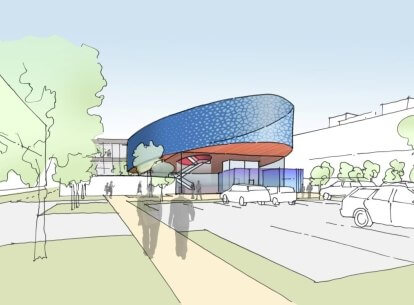
How this unexpected neighbor is becoming a part of your community
Data centers have found their way into common vocabularies—cementing their place in the market as not only a critical part of business infrastructure but also a critical part of communities and our daily lives. As more and more corporate cloud users appreciate the confidence that comes with having their data housed closer to their business centers, so do individuals who demand more data delivered at faster response times. Inching into urban and suburban cores, data centers are moving closer to hubs of activity—closer to those who need the data and the top talent that keeps it all running. But while edge data centers usually top trend forecasts in bridging the gap between remote data centers and end users, this typology is still being defined because, though many can point to the need for some solution, edge computing is still in its very early stages.
Meanwhile, data centers that were traditionally located on the outskirts of town or in sprawling remote locations, have started to move closer to people and social cores—prompting a new approach to architecture that reimagines the relationship between people, their communities, and this critical infrastructure. Formerly less concerned about aesthetics than functionality, the modern data center is responding to the demands for a more contextual, human-centric design that, where possible, adds value to the surrounding community.
An unsuspecting good neighbor
Major contributors to the local tax base, data centers also present the added benefit of a minimal impact on core social infrastructures including traffic, emergency services, and housing. The access to data connectivity for the community around a data center is often enhanced by the introduction of multiple and robust, provider attention. Once completed, the data center often maintains a highly-secured, manicured property that powerfully pays substation taxes into the local economy for cities like Ashburn, Chicago, and Dallas. More and more data centers are popping up next to apartment buildings, parks, and schools—providing a greater perception of security and economic vitality without an undue burden on the people that live, work, learn and play next door.
Creative solutions in contextual design
As a new neighbor in these urban and suburban cores, data centers are required to contextually fit into the fabric of the community—honoring the character and identity of the surrounding neighborhood. The successful growth and adoption of data centers, however, also depends on creative design solutions that meet the unique challenges of data center infrastructure, operations, and security, while providing a visually attractive and welcoming addition to the community. From window facades and residentially inspired perimeter walls to landscaping and ornamental skins, the future of data center design challenges architects to maintain efficiency and operations as a top priority while demanding cost-effective solutions that balance form and function.
Community serving asset
Typically known for their impenetrable walls, prevailing notions of a data center are not unlike that of a buttressed fortress. However, as a critical infrastructure in modern life, the data center is inextricable from our lives—seamlessly woven into our daily activities and into the fabric of our communities. As a physical articulation of the relationship we hold with our data, the future of data center design can be expected to follow a similar integration into existing building infrastructure, influence new construction to support mixed-use development, and neighbor public parks and trails while serving as an added revenue source for developers and building owners.
In urban areas where land is more expensive or limited, it is foreseeable that we will see domestic data centers adopt the vertical trend popular abroad—building high rise data centers, considering several floors, or repurposing existing space in urban buildings. The future of urbanism is also ripe with opportunities for the next generation of data centers—potentially finding new relevancy and purpose for parking garages, office spaces, warehouses, and big-box retail stores.
With clients incorporating mixed-use into their designs, Corgan is working on a number of projects where the data center is a technological hub incorporating commercial office, hotels, recreation, and fitness space, along with restaurants and bars that allow guests to stay and collaborate in various locations throughout the design.
Here, the future data center invites you to grab a cup of coffee, host a collaborative work meeting, or even schedule coworking sessions. As an extension of the community, it provides an urban amenity for locals and businesses—embedded into the natural rhythms of our future lives.
Branding/design
Finally, as third-party data centers compete for business, these facilities are designed to communicate a “brand” differentiator—depending on amenities and memorable design features to earn and retain business, develop staff, and stand out in an increasingly fierce market. Evolved beyond big, boxy, monstrous machines, these data centers are commonly designed with tour paths that highlight several attractive and thoughtful additions that cater to client needs and a comfortable, more human-centric experience. Inspired by the trends in corporate workplaces, portions of these data centers are often designed with brighter, open spaces, attractive lobbies, even points of interest in lighting or brand colors.
With the promise of self-driving vehicles, AI and other technology advancements on the immediate horizon, the demand for data is growing at an exponential rate—changing the ways we think about, use and now rely on data. While critical to the functioning of businesses, transportation, retail, social functions and everything in between, data centers have often been considered a secondary building infrastructure—out of sight and out of mind for most. The increasing pervasiveness of data demands an evolution in the ways we think about data centers, not as behemoths that deliver the volume and speed required for the present day, but as seamless and integral parts of our urban and suburban life.





